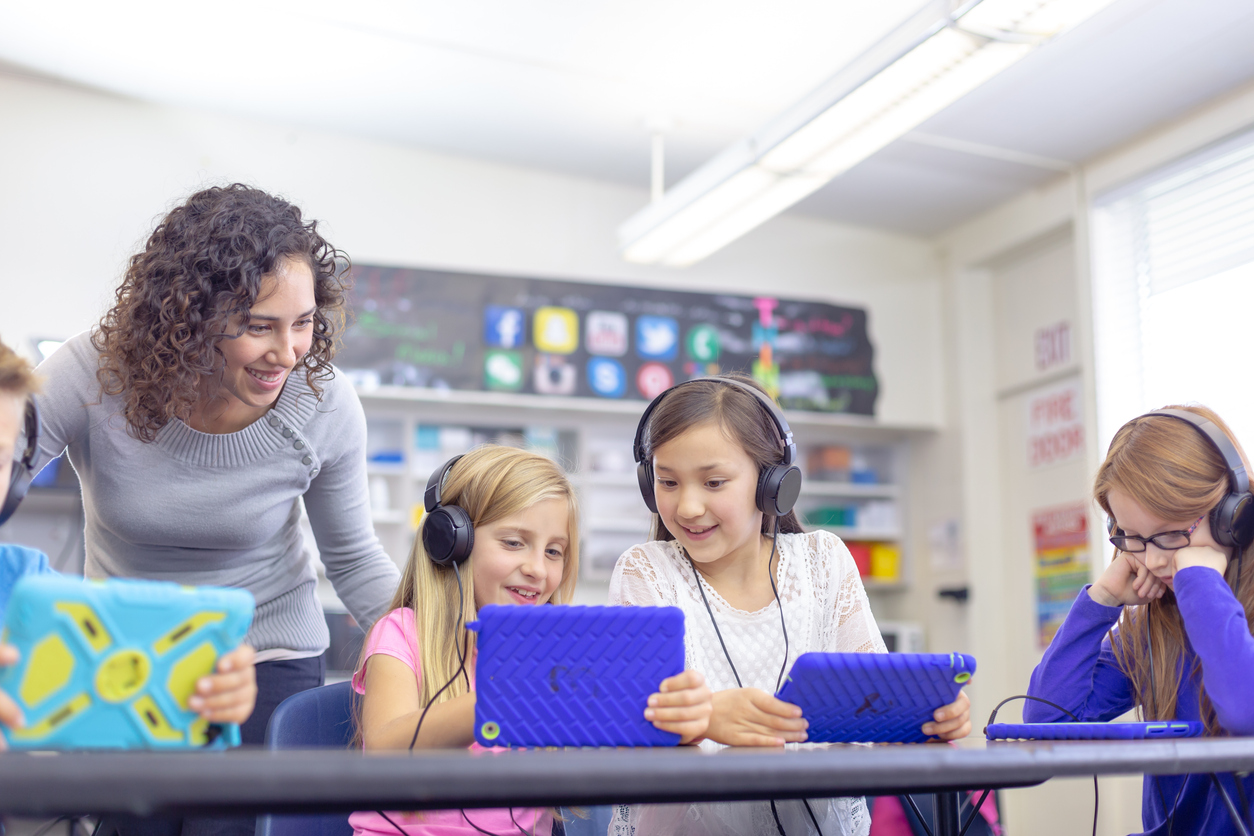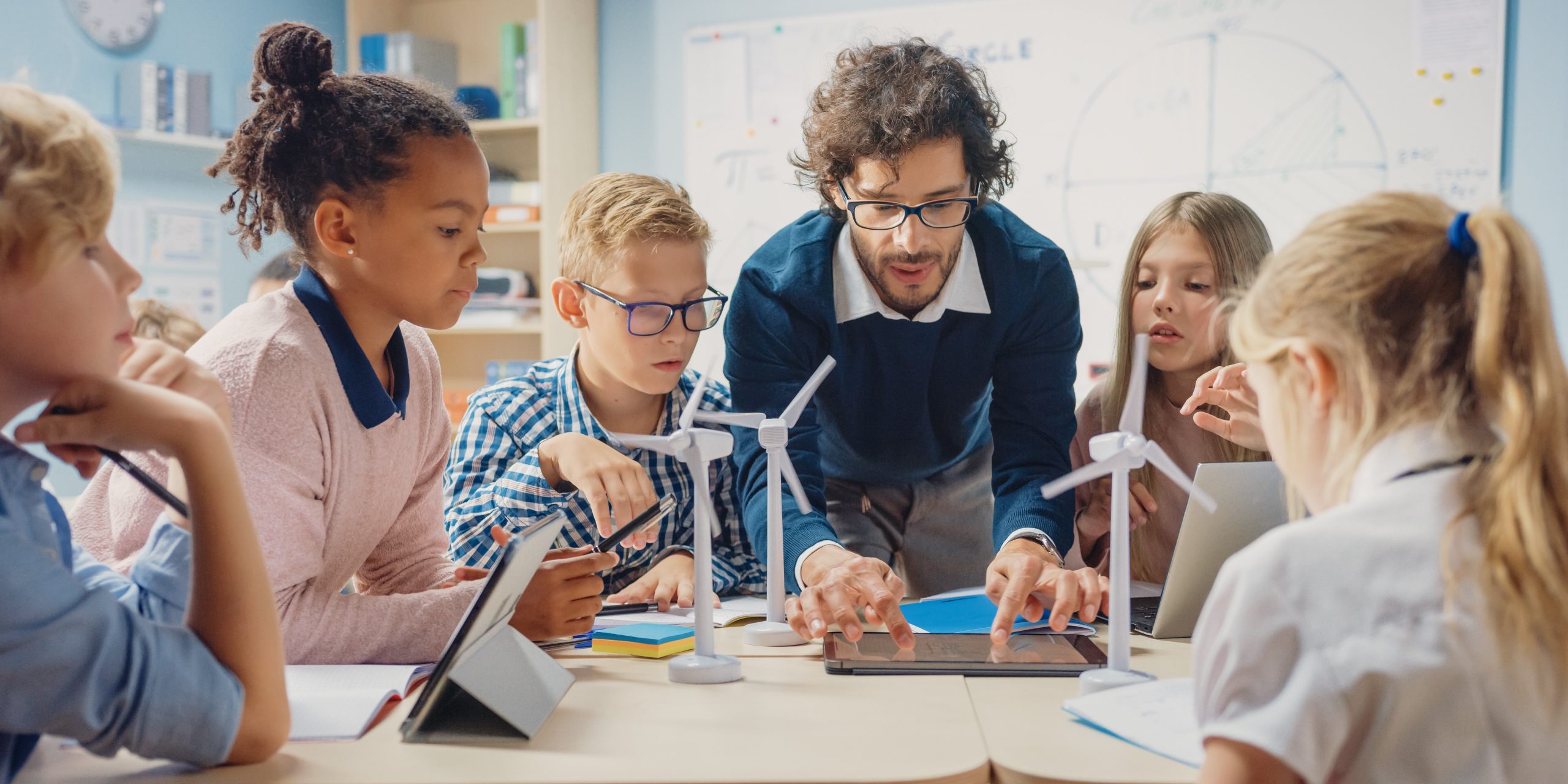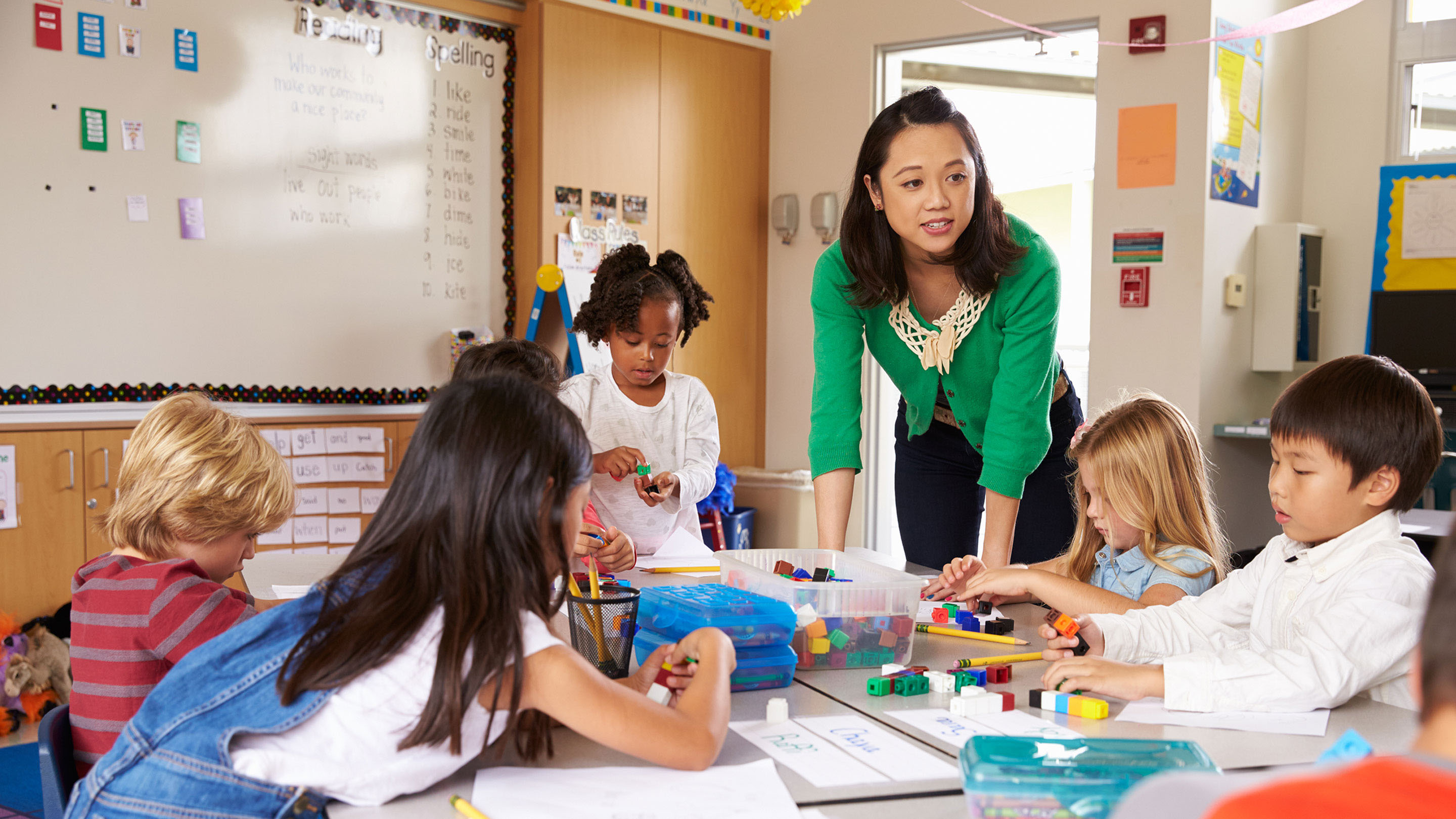Accelerate Learning with Primary Science Tuition Singapore for Young Minds
Accelerate Learning with Primary Science Tuition Singapore for Young Minds
Blog Article
Checking Out the Different Teaching Methods in Main Scientific Research Education Today
Inquiry-based discovering, hands-on experiments, and the assimilation of modern technology are redefining just how educators engage young minds. Additionally, collaborative methods and differentiated direction are being used to cater to the varied demands of pupils, improving both involvement and understanding.
Inquiry-Based Discovering
Inquiry-Based Understanding (IBL) is a pedagogical technique that urges students to explore clinical ideas via questioning, examination, and hands-on testing. This technique highlights the role of students as active individuals in their understanding, advertising critical thinking and analytic skills. By involving with real-world inquiries, trainees end up being curious and determined, which improves their understanding of clinical concepts.
In IBL, teachers function as facilitators, assisting trainees as they navigate their queries instead of providing info directly. This student-centered method permits for differentiation, fitting numerous discovering designs and rates. Students develop skills in formulating theories, making experiments, and analyzing information, which are vital for scientific literacy.
Furthermore, IBL cultivates collaboration among pupils, urging them to share ideas and searchings for. This cumulative query advertises social skills and a feeling of community within the classroom. Furthermore, the procedure of inquiry encourages resilience, as students find out to embrace failing as a stepping stone toward understanding.
Hands-On Experiments
Hands-on experiments are a vital element of effective scientific research education and learning, enhancing the concepts of inquiry-based discovering. These experiments allow students to involve directly with clinical ideas, promoting a deeper understanding through experiential discovering. By manipulating products and observing end results, young students can comprehend abstract theories in concrete methods.
Such activities advertise vital reasoning and analytical skills, as trainees hypothesize outcomes, conduct experiments, and examine outcomes. This process motivates them to ask concerns, refine their understanding, and establish a clinical frame of mind. Furthermore, hands-on experiments can be tailored to diverse discovering designs, guaranteeing that all students have the possibility to involve meaningfully with the web content.
Moreover, hands-on experiments often encourage cooperation among peers, advertising teamwork and communication skills. Operating in teams makes it possible for students to share concepts, review findings, and pick up from each other, which enhances their total educational experience.
Including hands-on experiments right into the primary scientific research curriculum not only enriches the learning environment yet also cultivates a lifelong rate of interest in science. By proactively taking part in their education, students are much more most likely to develop an interest for scientific inquiry that extends past the class.

Modern Technology Combination
Integrating technology right into key science education has come to be increasingly essential in promoting trainee engagement and improving discovering outcomes. The use of digital tools, such as interactive simulations, digital labs, and instructional software, provides students with chances to explore scientific concepts in cutting-edge means. These sources assist in a deeper understanding of complex subjects by permitting learners to imagine and control variables that would certainly be not practical in a standard classroom setup.
Furthermore, modern technology assimilation urges customized learning experiences. Pupils can progress at their very own pace, reviewing tough principles through multimedia resources, which accommodate various understanding designs. This flexibility not just supports private development but additionally grows a sense of freedom in learners.
In addition, technology acts as a bridge to real-world science, linking pupils with existing research and specialist contributions. Accessibility to on-line databases and clinical journals broadens students' perspectives on scientific query and fosters crucial thinking abilities.
Collaborative Understanding
Collective discovering plays a vital function in primary scientific research education and learning by fostering teamwork and interaction abilities amongst trainees. This approach encourages students to interact, share understanding, and participate in analytical, which boosts their understanding of clinical concepts. By joining team read this article tasks, students learn to express their concepts, listen to varied perspectives, and work out services, all of which are crucial abilities in both real-world and scholastic contexts.

Research shows that collective learning can bring about raised inspiration and interaction in science topics, as students find enjoyment in common experiences (primary science tuition Singapore). Furthermore, this method prepares trainees for future collective ventures, equipping them with the skills essential for reliable teamwork in higher education and learning and professional environments. Inevitably, welcoming collaborative knowing in main science education and learning can considerably enrich the knowing experience and promote a much deeper understanding of clinical inquiry
Separated Direction

Differentiated direction can show up in different methods, such as differing the material, procedures, or items of understanding. Instructors may use tiered assignments that supply varying levels of intricacy, permitting pupils to function at their corresponding preparedness degrees. Additionally, adaptable grouping techniques can assist in cooperation amongst trainees with different abilities, cultivating peer understanding.
Assessment plays a critical function in this technique, as it informs instruction and aids instructors comprehend each pupil's special demands. Developmental evaluations, such as tests and observations, can assist teachers in adjusting their approaches to boost finding out results. primary science tuition Singapore. Eventually, by carrying out differentiated instruction in key scientific research education, teachers can cultivate a more equitable and effective understanding environment, encouraging all trainees to reach their complete possibility in recognizing clinical phenomena
Verdict
In summary, the diverse training techniques in primary science education, consisting of inquiry-based learning, index hands-on experiments, modern technology assimilation, collaborative knowing, and set apart direction, collectively add to a much more efficient learning environment. These methods advertise crucial thinking, problem-solving abilities, and a much deeper understanding of clinical principles. By executing these approaches, educators can create supportive and interesting class that attend to the diverse demands of pupils, ultimately fostering a lifelong interest in science and enhancing scholastic success.
Inquiry-Based Knowing (IBL) is a pedagogical method that urges students to discover clinical principles with doubting, investigation, and hands-on trial and error.Collective learning plays an essential function in main scientific research education by fostering team effort and communication skills amongst pupils.Research shows that collaborative understanding can lead to boosted inspiration and interaction in science subjects, as trainees locate satisfaction in shared experiences.In fostering an inclusive learning setting, set apart direction arises as a key strategy to accommodate the diverse demands and capabilities of read this post here students in key scientific research education and learning. Inevitably, by implementing separated direction in main science education and learning, teachers can cultivate an extra equitable and efficient learning setting, encouraging all students to reach their complete potential in understanding scientific sensations.
Report this page